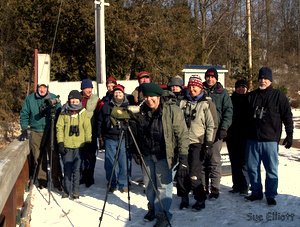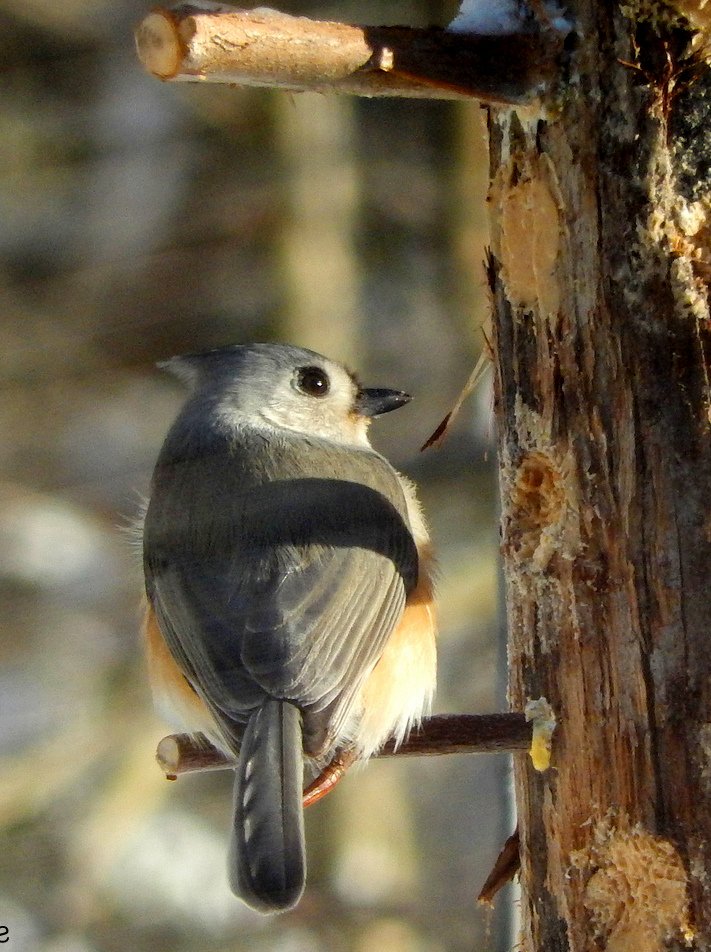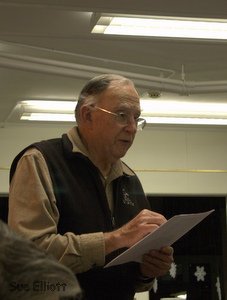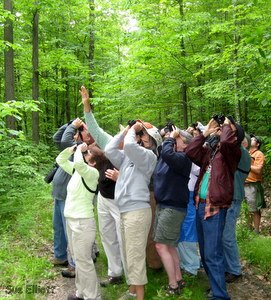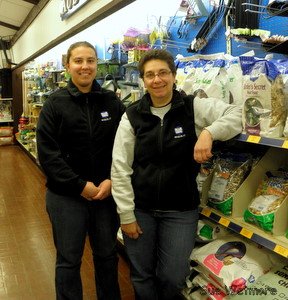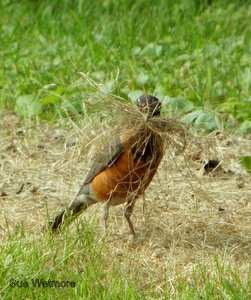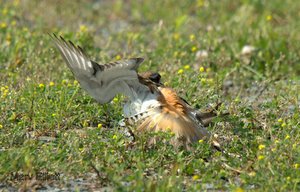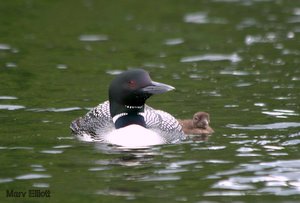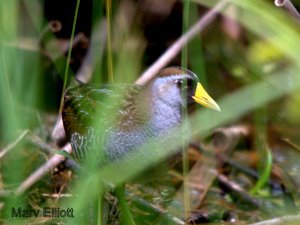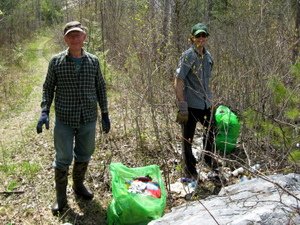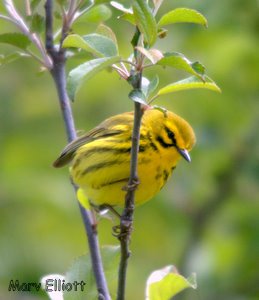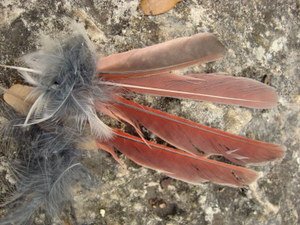
As someone who has persistently bypassed the dinosaur articles in National Geographic as being the epitome of ennui, I was totally engulfed by Hanson’s lucid discussion of Archaeopteryx studies in unraveling the evolution of feathers. (Archaeopteryx was a pre-historic linchpin having physical properties of reptiles and birds.) Traditional theories argue that feathers evolved for the purpose of flight. Others proposed non-aerodynamic proto-feather structures that facilitated the insulation, waterproofing and display and courtship colors, were the first to appear.
But more recent studies jettison origin from reptile scales or the multiple potential uses of the emerging new feather form. Instead, they focus on a how a feather grows, as the key to answering questions as to how feathers evolved. Hanson very carefully, with precise diagrams, details the five states of feather development. This theory attempts to overcome the confounding discordance of the structural difference between flat scales and tubular feathers. Though initially speculative, this theory has received profound support from numerous fossils exemplifying the five stages, unearthed by paleontological studies in northeast China in the 1900s.
Secondly, Hanson discusses the physiological properties of feathers, and their numerous survival functions. Although feathers are composed of keratin, as are our hair, nails and skin, it is a chemically unique keratin providing the molecular basis for particular characteristics: strong yet light, firm yet flexible, durable and elastic. Each individual skin follicle can produce all the feather types and colors over a lifetime, from natal down to juvenile, adult, and breeding plumages. Each follicle is modulated by muscles and nerves that give a finely tuned agility to individual feathers. Likewise, molting is more than a random, diffuse shedding. It occurs in a staggered pattern from innermost primaries out to wing-tips, although in ducks the molt can take place more precipitously, leaving them rather helpless in hunting season, giving rise to the phrase “sitting duck.”
Besides physiological molting, birds can release a mass of feathers in a moment of stress or fright, leaving a predator with a feathery mouthful. Although feathers also provide insulation, they are positioned in clusters or tracks with in-between bare patches, providing for cool drafts and evaporation.
The third major theme is man’s commercial use of feathers. Of course, the author is obliged to briefly cover the pre-World War I global “plume-boom” (which gave rise to the Audubon Society), but Hanson has also dug up tales of ostrich magnates and African ostrich espionage! He also points out that although women were the feather industry’s principle market, women founded nearly every local Audubon chapter and made up most of the early membership.
Hanson undertook several excursions to investigate the current feather market. He visited the only remaining New York City milliner, who handcrafts here artisan ally designed hats. After several reassurances of his purely academic interest, he is finally given a tour of the “The Rainbow Feather Company” where feathers are dyed in a secretive industrial process. He also inveigles an interview with the producers of “Jubilee!,” the most extravagant show in Las Vegas, followed by a visit to backstage storage replete with elaborate feathers costumes.
However, present uses of feathers go beyond the commercial uses that serve our vanity. “Biomimetics” is a recent approach to scientific innovation whereby researchers go back to nature, now with very high powered microscopes and digital instruments, to look for high-tech ways to mimic what nature has accomplished superbly on its own. As I alluded to previously, birds can instinctively, independently, move individual feathers in a much nuanced response to wind conditions in order to manipulate speed, orientation, etc. A specific example is soaring birds’ adjusting their wing-tip “fingers” as needed. Engineers have closely studied birds and devised artificial “winglets” that have been added to the tips of plane wings to increase flight efficiency. They have been found to decrease fuel use by 6%.
This just skims the surface of the revelations in Feathers. The evolution research chapters are clear and accompanied by explanatory diagrams. Hanson’s junkets exploring commercial uses of feathers are lighter reading, with a sprinkling of humorous anecdotes.
Check out this month's issue of National Audubon for an article on feathers by author Thor Hanson and beautiful photos of feathers by Robert Clark. Click here to read the article.
For a great winter read, you can check this book out from the Rutland Free Library and the Brandon Library.

